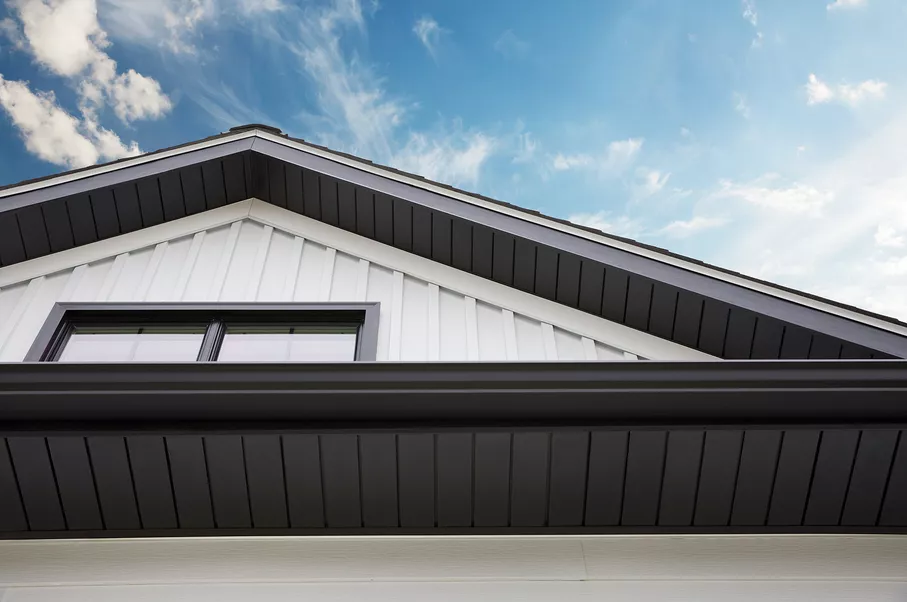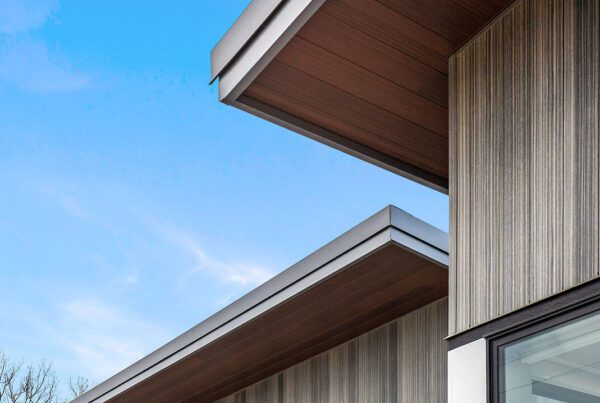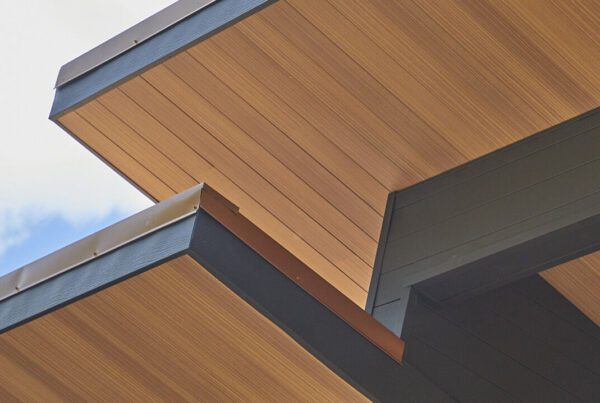For homeowners, and even for roofing professionals, it’s often surprising that natural ventilation was not deliberately factored into the design of many homes built prior to World War II.
Granted, homes were often somewhat ventilated – by the simple fact that they were not weather tight. But building codes and building science really have only evolved to consider ventilation since the 1940s.
A Short History
Holes in the roof are not a new concept. For centuries, builders have employed vent devices in roofs of buildings. From barns to cathedrals, many buildings have employed steeples, towers, or cupolas to assist buoyant flow upward through a building.
The idea of ventilating the home’s closed attic system is a different matter. In early American roofing, common residential roofing materials in the United States were slate, wood shake, tile, or metal. The roofing material was attached directly to wood lath, so the roof was porous to air movement, providing some natural ventilation.
In the late 1800s, when bituminous roofing became more common, continuous roof sheathing became more standard too. These changes enabled roofers to use roofing felt to improve moisture barrier. However, many of these homes exhibited problems with moisture in the attic, heat damage to shingles, and ice damming in cooler climates. The tighter roof assembly led to the need for evolving natural ventilation.
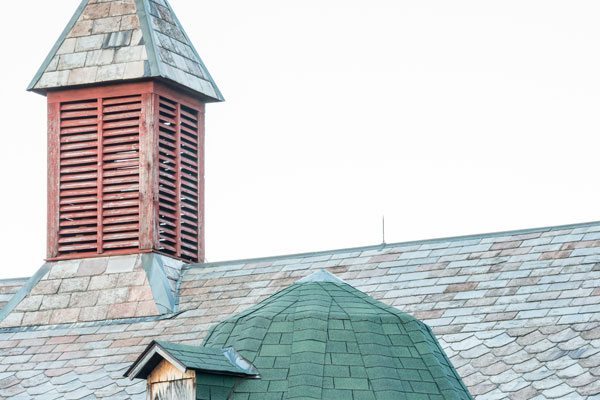
An example of a cupola
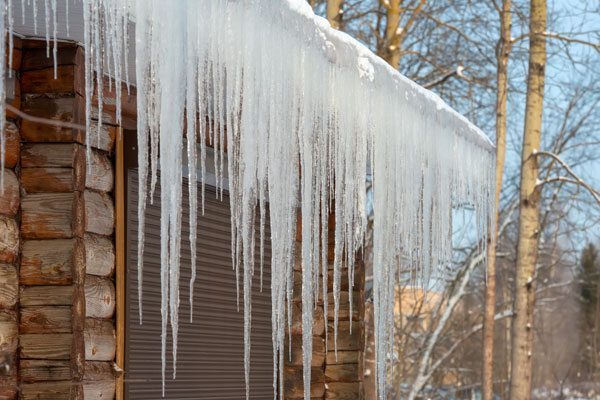
Icicles as a result of ice damming.
Building Codes
Building standards related to natural ventilation began to appear in the 1940s, like the FHA Property Standards of 1942, which first proposed the “net ventilation area for each separate space to be not less than 1/300 of horizontally projected roof area.” That translates to one square foot of net free ventilation for every 300 square feet of attic floor space.
Modern building codes nearly all specify attic ventilation requirements, and specifications have ranged from 1/150 to 1/600. In its 2021 version, the International Residential Building Code (IRC) recommends a minimum of 1/150.
The Role of Soffit
Soffit has been around for centuries as well, and in fact you’ll often see generously sized soffits on historical buildings. Often these soffits were solid, in styles like beadboard, which were attractive and served many functions, but did not contribute much to the air intake needed to achieve ventilation. Vented soffit saw many advances with the more common use of newer materials like steel, which allowed much higher airflow rates. Soffit is now available in hidden vented styles, which mimic the historical look of soffit, yet allow the increased air movement corresponding to higher NFA roof vent options that are available on the market today. Now intake can more effectively match exhaust for truly effective attic ventilation.
In modern home construction, attic ventilation is used to improve indoor air quality, increase energy efficiency through natural cooling, and prolong the life of building materials through moisture management. As the newest chapter of attic ventilation unfolds, unprecedented air flow rates can be achieved with the latest styles of ridge vents and correspondingly sized soffit. No cupola required.
